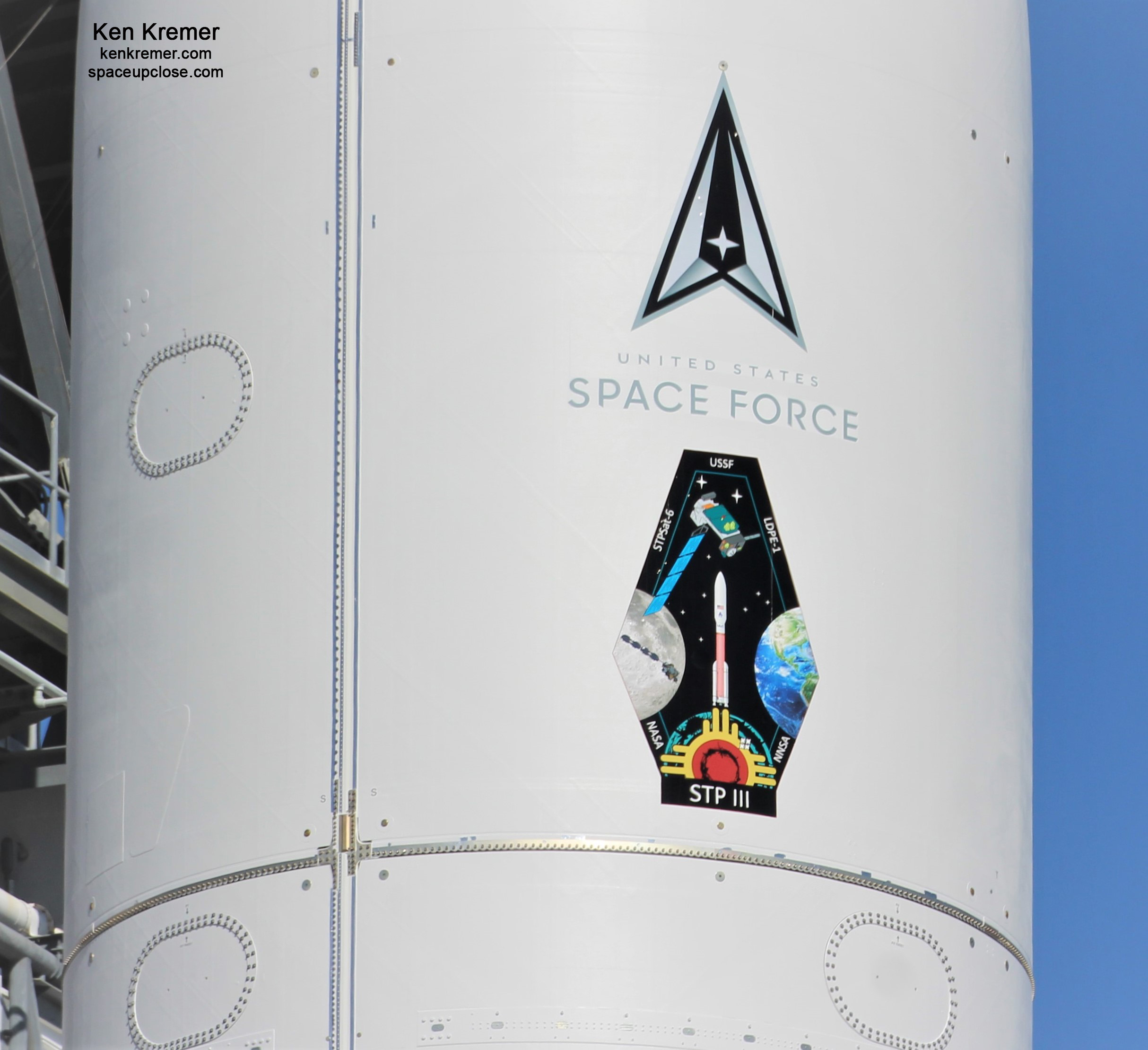
For SpaceUpClose.com & RocketSTEM
CAPE CANAVERAL SPACE FORCE STATION, FL – United Launch Alliance (ULA) is retargeting the Atlas V rocket launch of the $1 Billion STP-3 space technology demonstration mission facilitating both U.S national security and NASA high speed communications research for overnight early Tuesday morning, Dec. 7, following two back-to-back scrubs when a leak of RP-1 propellant was discovered in the ground support equipment at pad 41 on Cape Canaveral Space Force Station.
RP-1 is a highly-refined rocket-grade kerosene fuel and one of two first stage propellants for the Atlas V rocket.
Liftoff of ULA Atlas V launch carrying the Space Test Program-3 (STP-3) mission for the U.S. Space Force is now scheduled for Tues., Dec. 7 at 4:04 a.m. EST (0904 GMT) from Space Launch Complex-41 at Cape Canaveral Space Force Station in Florida.
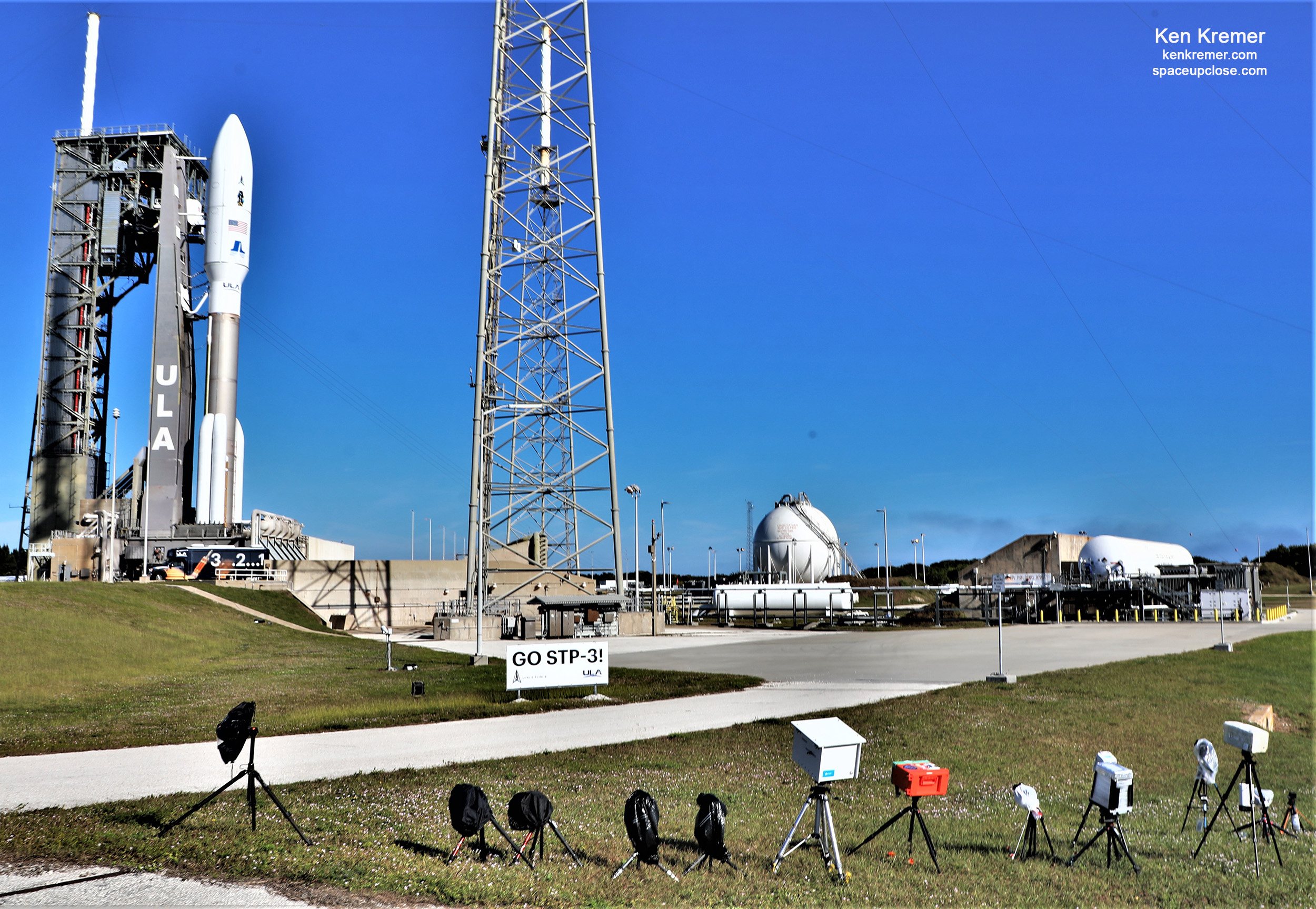
The STP-3 launch was postponed twice for a total of 48 hours from the original target of Sunday to Tuesday at the same time of 4:04 – the opening of a 2-hour launch window
ULA engineers and technicians needed additional time to complete assessment and cleanup of the RP-1 leak, repair the Ground System Equipment (GSE) storage facility and check the purity of the RP-1 propellant to ensure it was up to the stringent purity specification required for a successful rocket launch priori to commencing fueling operations for the Atlas V rocket.
Launch is now scheduled for Tues., Dec. 7 at 4:04amEST. https://t.co/LEV7vitjDL
— ULA (@ulalaunch) December 5, 2021
The initial RP-1 leak was discovered Sun., Dec. 4,
The launch of a ULA #AtlasV 551 rocket carrying the #STP3 mission for the @SpaceForceDOD @USSF_SSC has been scrubbed. During initial operations, a leak was discovered in the Rocket-Propellant-1 (RP-1) ground storage system. Launch is now scheduled for Mon., Dec. 6 at 4:04am EST.
— ULA (@ulalaunch) December 5, 2021
The STP-3 Atlas V launch window stretches from 4:04 a.m. to 6:04 a.m. ET (1104 GMT).
🛰️ Weather is currently 80% favorable for the launch of the Space Test Program 3 mission, which hosts @NASA's Laser Communications Relay Demonstration (LCRD)! Liftoff is scheduled for Tuesday, Dec. 7 at 4:04am ET. Learn more: https://t.co/2MoE3TdWBF
📸: @ULALaunch pic.twitter.com/ey1i6SlUah
— NASA's Kennedy Space Center (@NASAKennedy) December 6, 2021
Forecast Details from Meteorologists with the U.S. Space Force 45th Weather Squadron:
“A ridge of high pressure at the surface will generally dominate central Florida through Wednesday. For primary launch day Tuesday, a frontal boundary stalls over the Florida panhandle, with extensive cloud cover over north Florida and a slight chance for some mid-level clouds to extend further south near the Spaceport. Therefore, the primary concern for launch day is the Thick Cloud Layer Rule. For Wednesday, this front and associated cloud cover lifts further north. With high pressure at the surface, we can expect mostly clear skies, with a very slight chance for a Cumulus Cloud Rule violation Wednesday morning.”
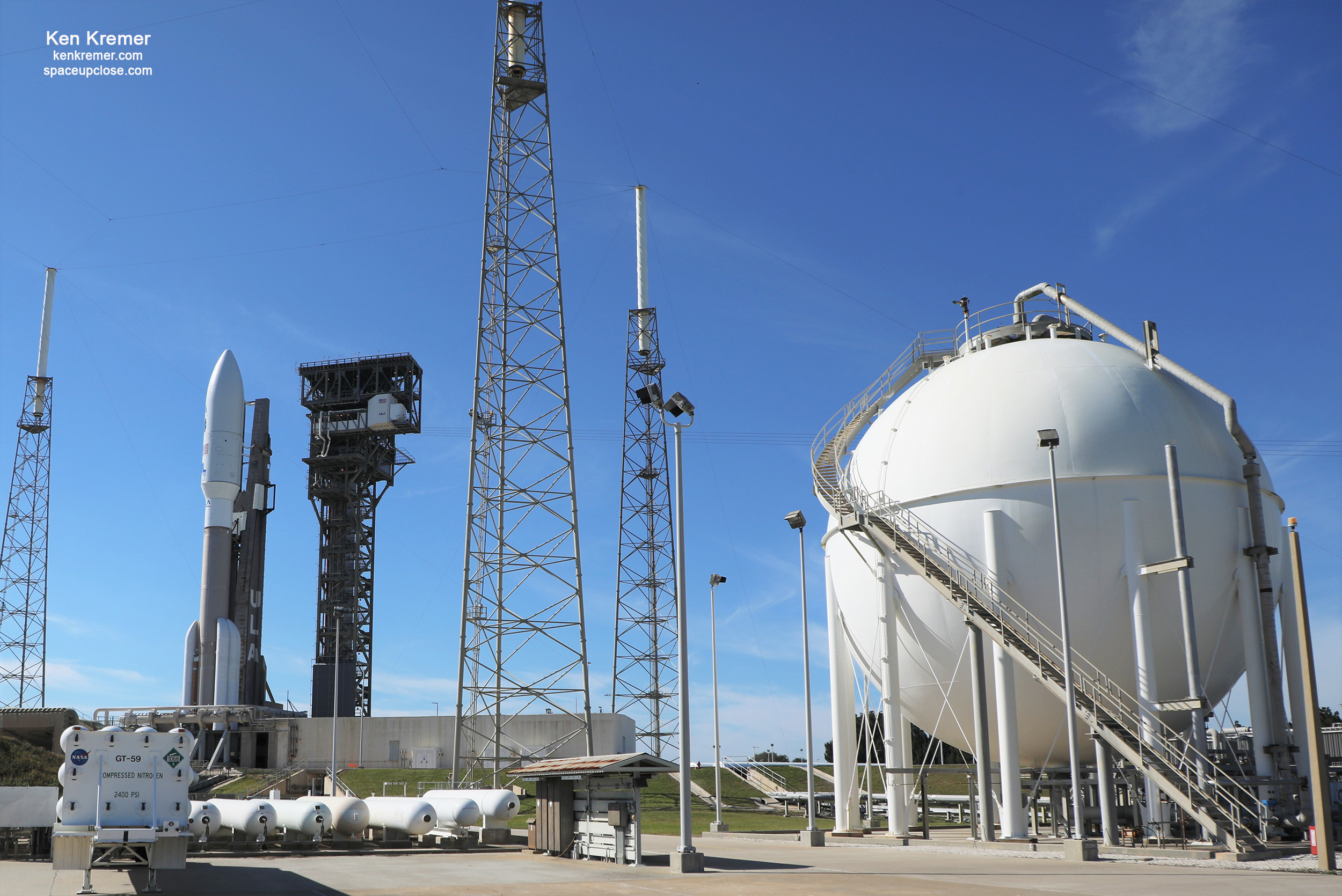
We media completed our remote cameras setups, Saturday afternoon, Dec. 4 and reset today Dec. 6.
Enjoy our ULA Atlas V STP-3 mission pre-launch pad and rollout photos from the Space UpClose team of Ken Kremer and Jean Wright.
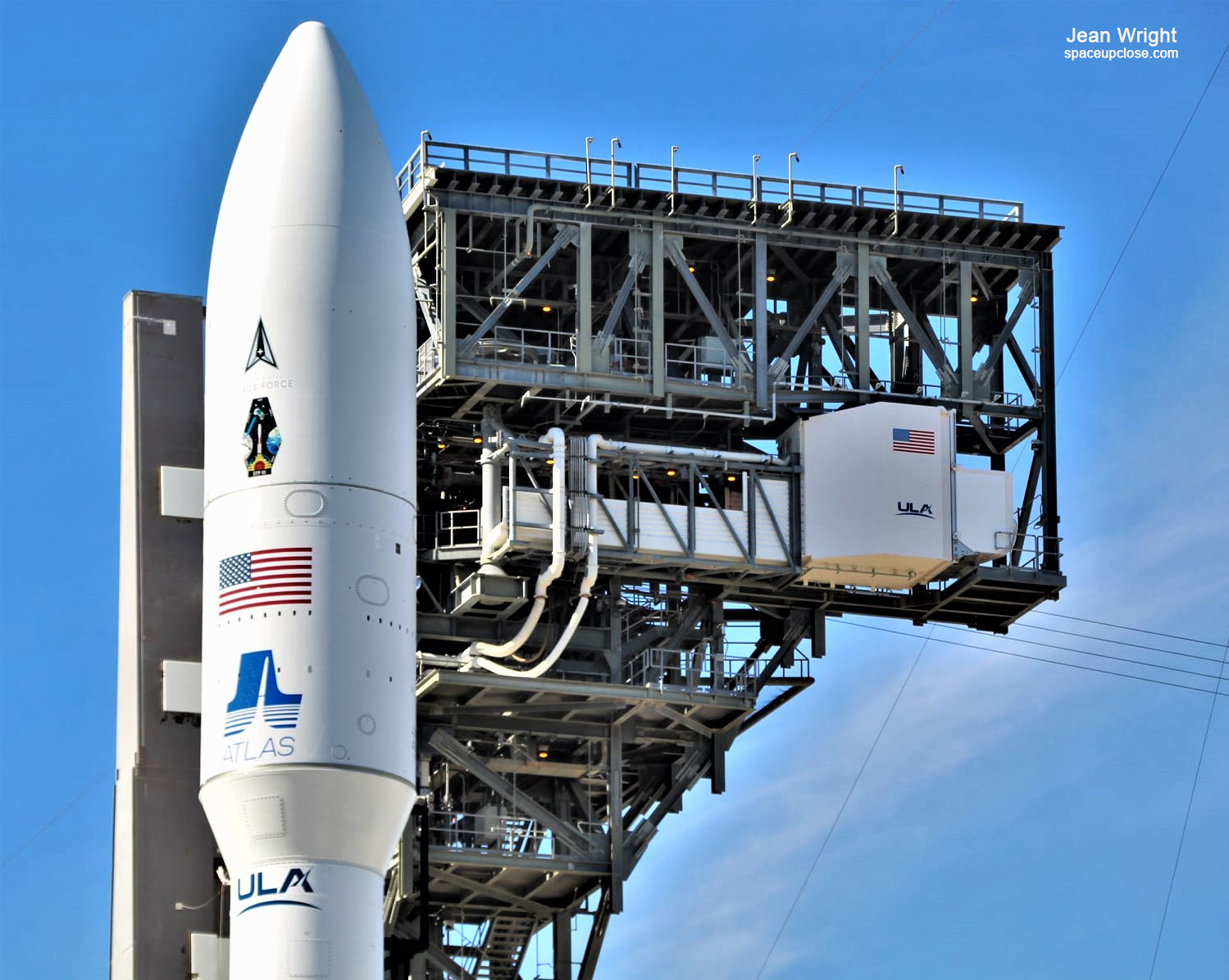
The payload for the launch of the ULA Atlas V is the Space Test Program-3 (STP-3) mission for the U.S. Space Force’s Space Systems Command (SSC) and includes research, test and operational satellites and payloads for both the Space Force as well as NASA.
The mission will be the longest to date lasting over seven hours from launch to payload separation during the rockets ascent – which required development of a new longer lasting battery – the In-Flight Power System (IFPS) – to keep the batteries on the payloads fully charged.
The STP-3 payload manifest is comprised of two co-manifested satellites. The primary spacecraft is STP Satellite STPSat-6 and the rideshare spacecraft is the Long Duration Propulsive Evolved Expendable Launch Vehicle (EELV) Secondary Payload Adapter (ESPA) or LDPE-1.
For the U.S. Space Force the two spacecraft “matures technology and reduces future space program risk for the Department of the Air Force and the U.S. Space Force by advancing warfighting capabilities in the areas of nuclear detonation detection, space domain awareness (SDA), weather, and communication.” See rocket graphic below.
STP-3 hosts two NASA payloads: NASA’s Laser Communications Relay Demonstration (LCRD) and the NASA-U.S. Naval Research Laboratory Ultraviolet Spectro-Coronagraph (UVSC) Pathfinder.
NASA’s $320 million Laser Communications Relay Demonstration (LCRD) will showcase the unique capabilities of optical communications.
Most NASA missions use radio frequency communications to send data to and from spacecraft since the beginning of the space age.
“However, as space missions generate and collect more data, the need for enhanced communications capabilities becomes paramount, says NASA.
“Optical communications will provide significant benefits for missions, including bandwidth increases of 10 to 100 times more than radio frequency systems.”
For example a global map of Mars would require about 9 weeks to transmit back to Earth using conventional radio frequency communications – where it would take around 9 days or so or less using laser or optical communications.
LCRD optical communications tests will also be done with the International Space Station (ISS) in late 2022 or early 2023 after communication hardware is shipped up to the ISS sometime in 2022, NASA official told Space UpClose.
At @NASAGoddard, we’re getting ready to support the launch of @NASA’s next big @NASAlasercom mission, the Laser Communications Relay Demonstration. The mission will fly on a @SpaceForceDoD spacecraft and a @ulalaunch #AtlasV launch vehicle. pic.twitter.com/yWIL5fE4kX
— NASA's Near Space Network (@NearSpaceNet) December 4, 2021
Both spacecraft will be delivered to geosynchronous orbit – via a direct injection rather than delivered to LEO for orbit raising.
Watch this description by ULA CEO Tory Bruno of the STP-3 mission and the direct injection into GSO:
#ToryTalk // ULA’s President and CEO @ToryBruno gives an overview of the #AtlasV #STP3 mission that will lift satellites to the high ground of geosynchronous orbit. Go Atlas! Go Centaur! Go STP-3!
Watch on YouTube: https://t.co/E4ZVvd8G9E pic.twitter.com/yVHMZoyOuG
— ULA (@ulalaunch) December 4, 2021
You can watch the Atlas V STP-3 launch broadcast live on ULA and NASA webcasts.
ULA updates from the launch control center will begin with live countdown updates on ULA’s webpage Monday, Dec. 6 at 8:30 p.m. EST (0130 GMT Tuesday, Dec. 5) just prior to starting the countdown.
Watch live: www.ulalaunch.com
https://www.ulalaunch.com/missions/next-launch/atlas-v-stp-3
Good evening from Cape Canaveral Space Force Station in Florida where our live #AtlasV blog has started and will take you all the way to the 4:04amEST (0904 UTC) launch of #STP3 for @SpaceForceDOD's @USSF_SSC: https://t.co/LEV7vitjDL pic.twitter.com/Mfkw4ai2sN
— ULA (@ulalaunch) December 7, 2021
The live video webcast of the launch begins Tuesday Dec. 5 at 3:30 a.m. EST (0830 UTC) and will be viewable on the ULA webpage live on www.ulalaunch.com and on NASA TV.
Join us starting tonight for live reports throughout the countdown to the #AtlasV launch of #STP3 mission. Coverage begins at 8:30pmEST (0130 UTC). Weather is 80% GO for the predawn launch at 4:04amEST (0904 UTC) from Cape Canaveral, FL. https://t.co/LEV7vitjDL pic.twitter.com/kJI67nmjg4
— ULA (@ulalaunch) December 6, 2021
The ULA Atlas V is launching in its most powerful configuration – the 551 version with the maximum liftoff thrust amounting to approx. 2.6 million pounds of sea-level liftoff thrust.
The two stage Atlas V 551 configuration rocket includes a 5.4 meter payload fairing and stands 196 ft. (59.7 m) tall.
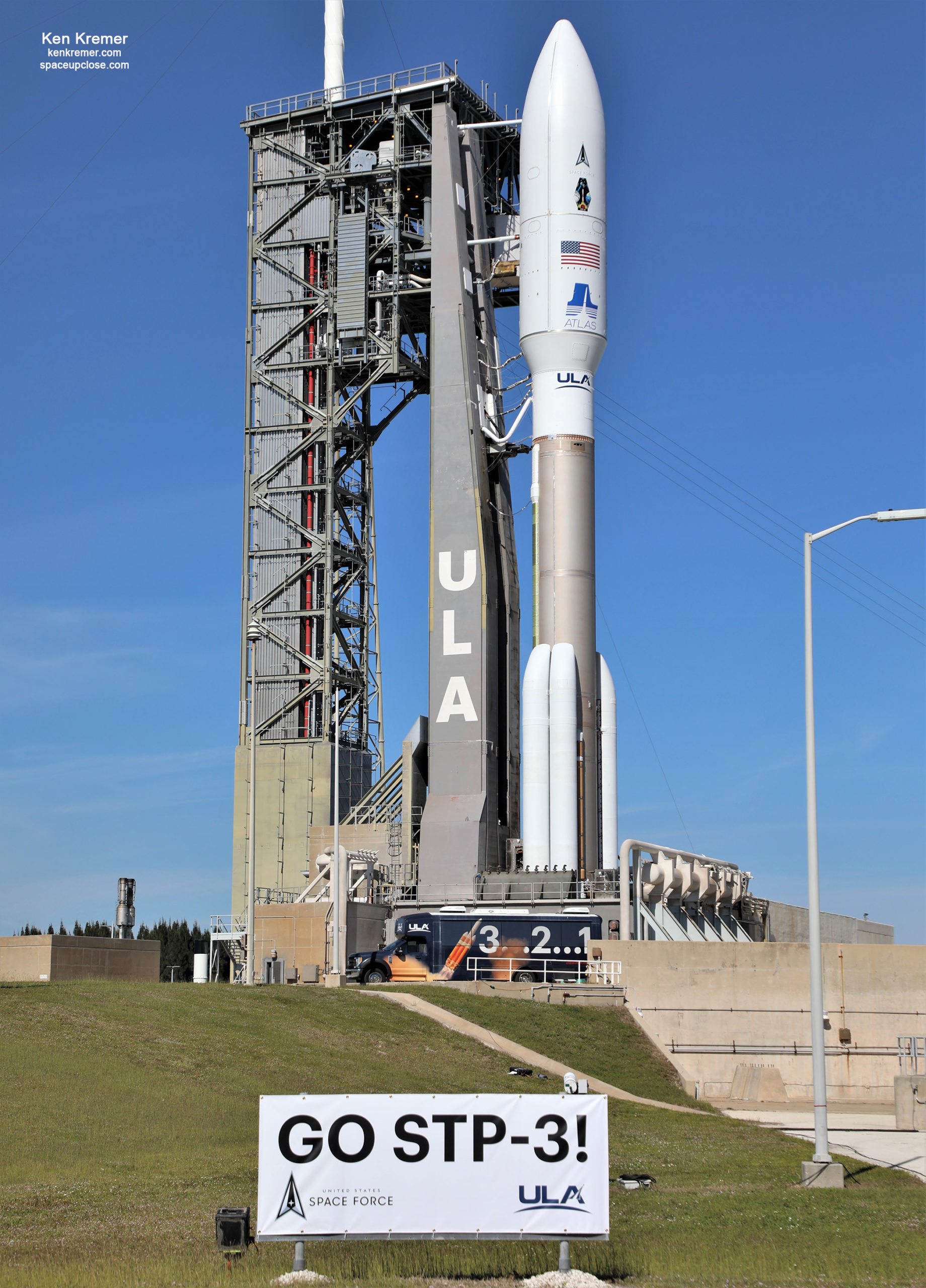
The Atlas first stage booster is powered by the Russian made RD AMROSS RD-180 single engine with dual thrust chambers and nozzles providing 860,200 lb sea level liftoff thrust. It is fueled by RP-1 and liquid oxygen (LOX).
The booster is augmented with five strap on Graphite Epoxy Motors (GEM) 63 solid rocket boosters (SRBs) provided by Northrop Grumman and provide 371,550 lb thrust each.
Aerojet Rocketdyne provided the RL10C-1 engine for the Centaur upper stage with generates 22,900 lb thrust. Fueled by LOX and LH2 (liquid hydrogen).
Here is an updated launch visibility map from ULA showing when and where spectators in the Southeast US can see the launch:
Wondering when and where you may see the #AtlasV #STP3 launch? The visibility map shows when and where your best chances are to see the rocket in the Southeastern U.S.! Launch is scheduled for Tues. at 4:04amEST (0904UTC) from Cape Canaveral, FL. pic.twitter.com/6z4sBzROlf
— ULA (@ulalaunch) December 6, 2021
Overall this marks the 90th Atlas V launch
To date ULA has launched 146 times with 100 percent mission success.
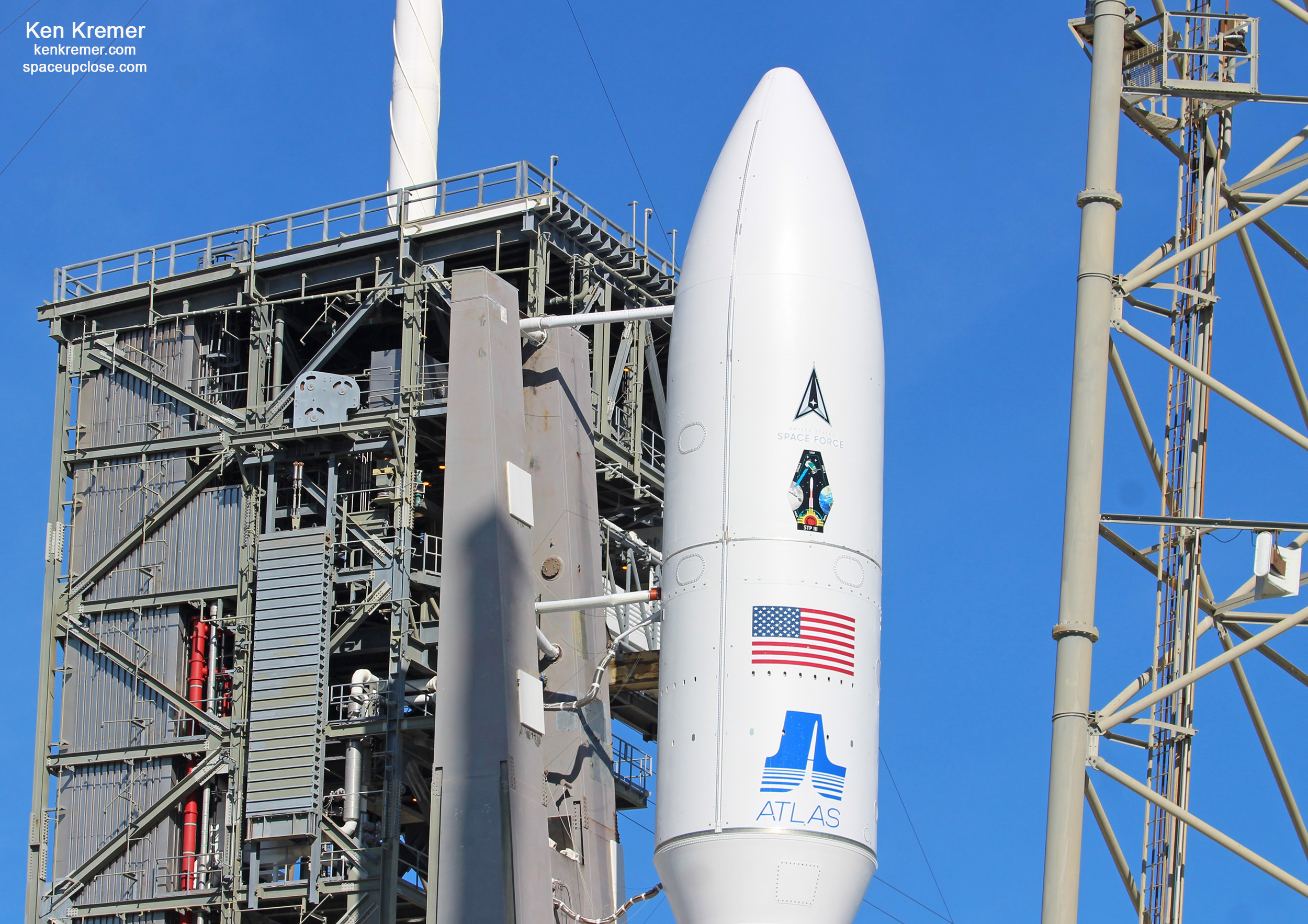
Watch Ken’s commentary at WFTV ABC 9 Orlando about the ULA Atlas V launch Dec 5 of STP-3 space technology demonstration satellite with US Space Force & NASA payloads in particular for nuclear blast detonation detection:
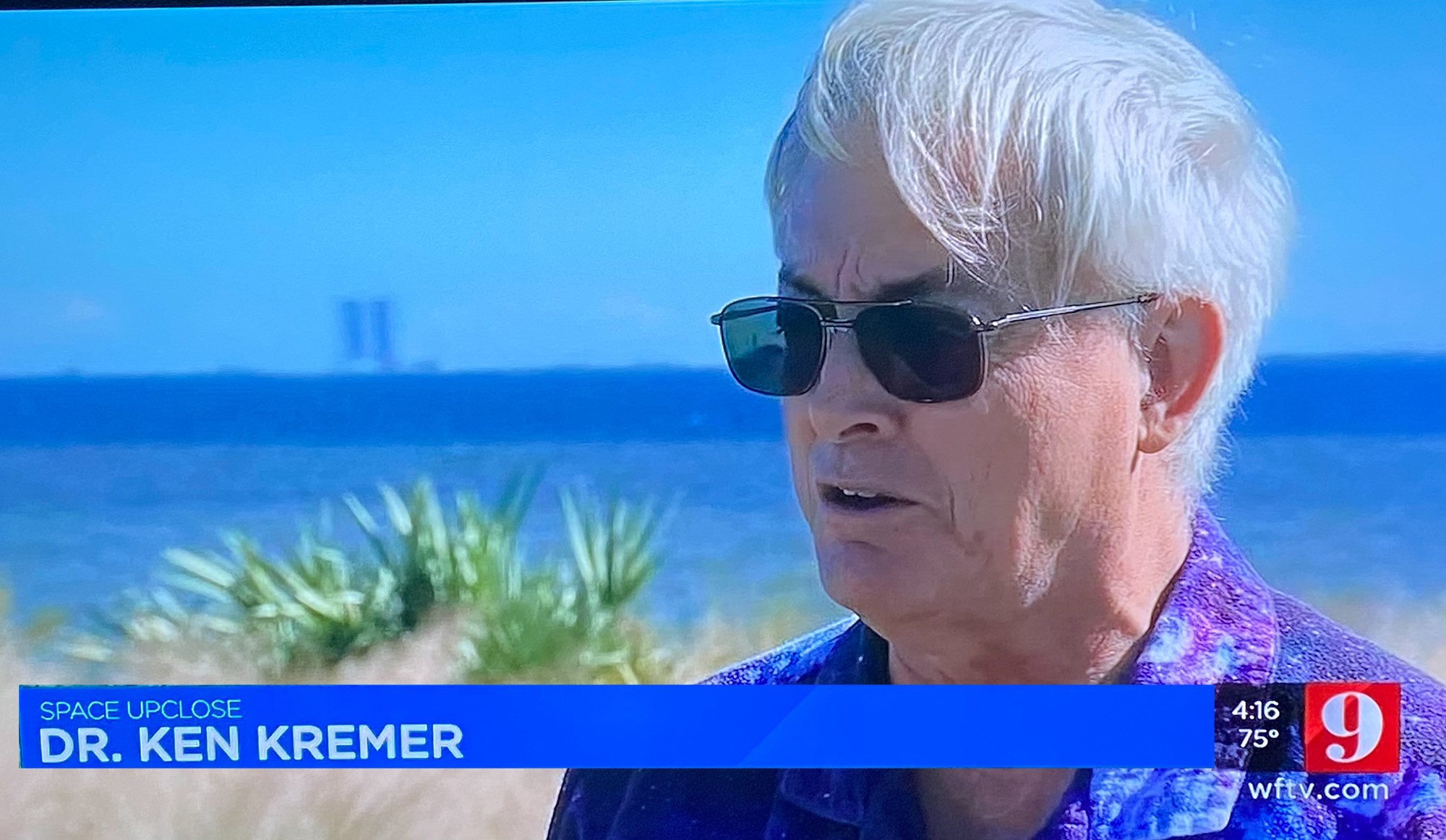
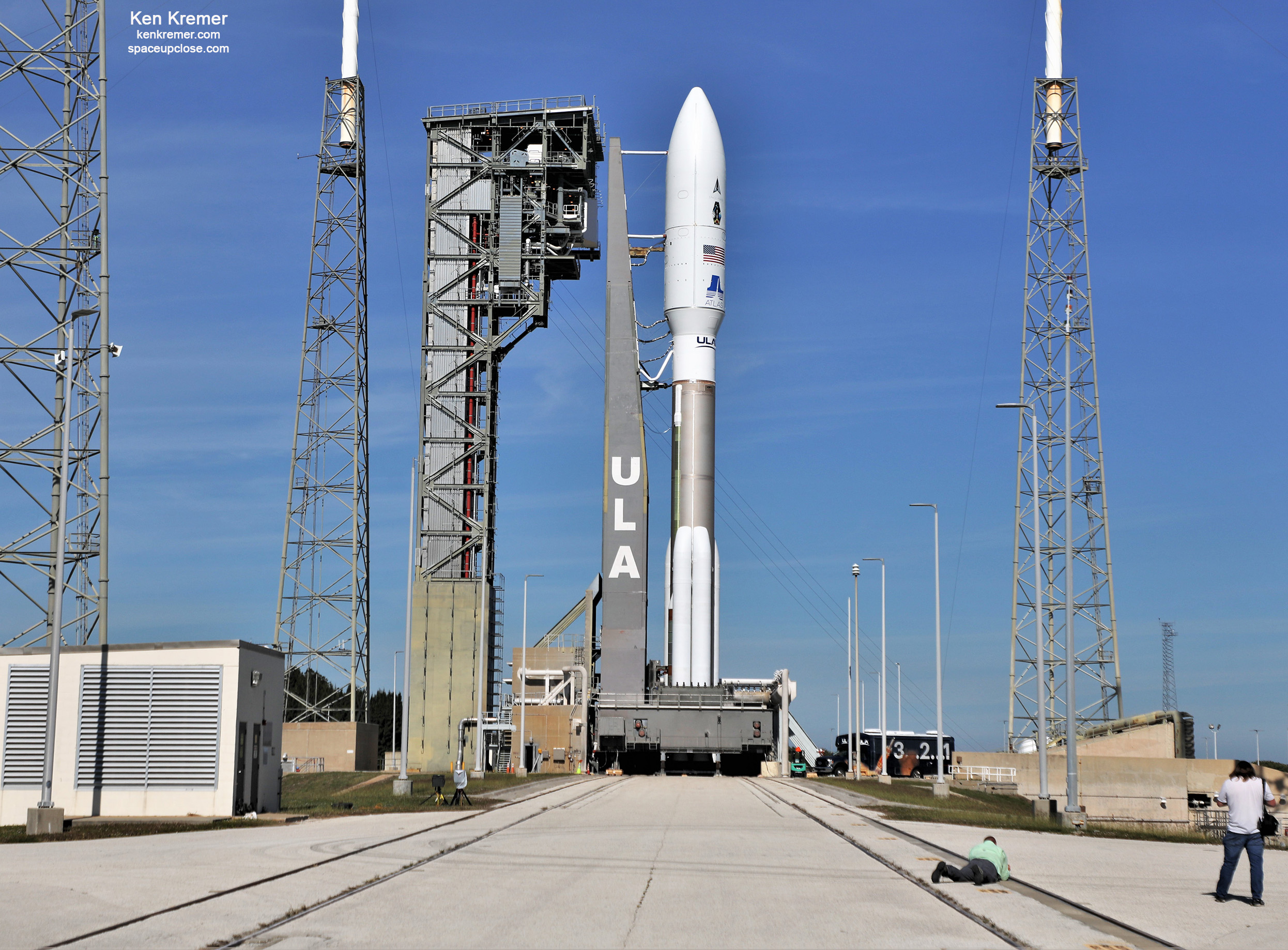
Watch Ken’s continuing reports about National Security missions, SpaceX Starlink , SpaceX Crew and Cargo Dragons, Artemis, SLS, Orion and NASA missions, DART, Lucy Asteroid mission, Blue Origin and Space Tourism, Commercial Crew and Starliner and Crew Dragon and onsite for live reporting of upcoming and recent SpaceX and ULA launches including Crew 1 & 2 & 3, ISS, Solar Orbiter, Mars 2020 Perseverance and Curiosity rovers, NRO spysats and national security missions and more at the Kennedy Space Center and Cape Canaveral Space Force Station.
Stay tuned here for Ken’s continuing Earth and Planetary science and human spaceflight news: www.kenkremer.com –www.spaceupclose.com – twitter @ken_kremer – email: ken at kenkremer.com
Dr. Kremer is a research scientist and journalist based in the KSC area, active in outreach and interviewed regularly on TV and radio about space topics.
………….
Ken’s photos are for sale and he is available for lectures and outreach events
Please consider supporting Ken’s work by purchasing his photos and/or donating at Patreon:
https://www.patreon.com/kenkremer
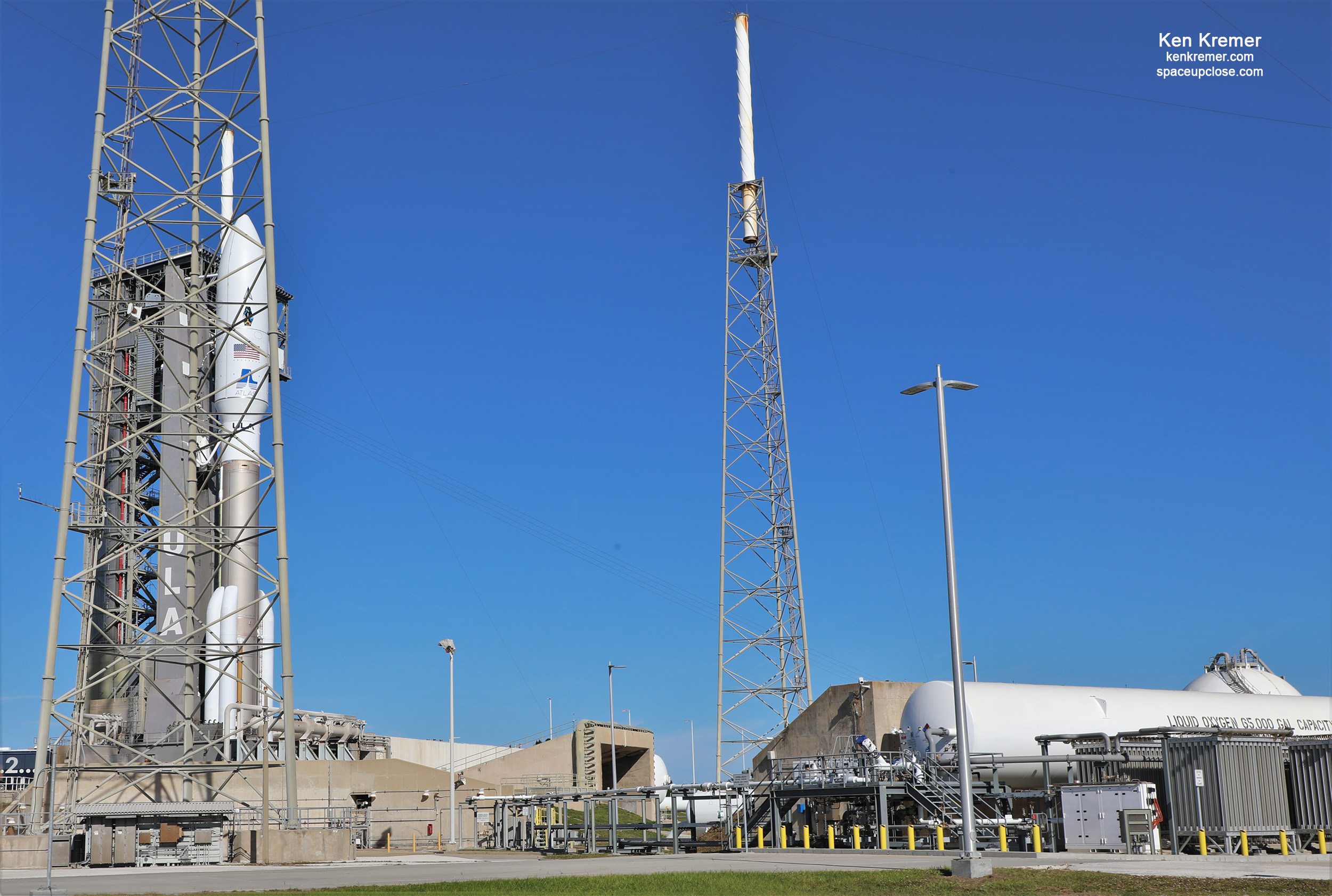
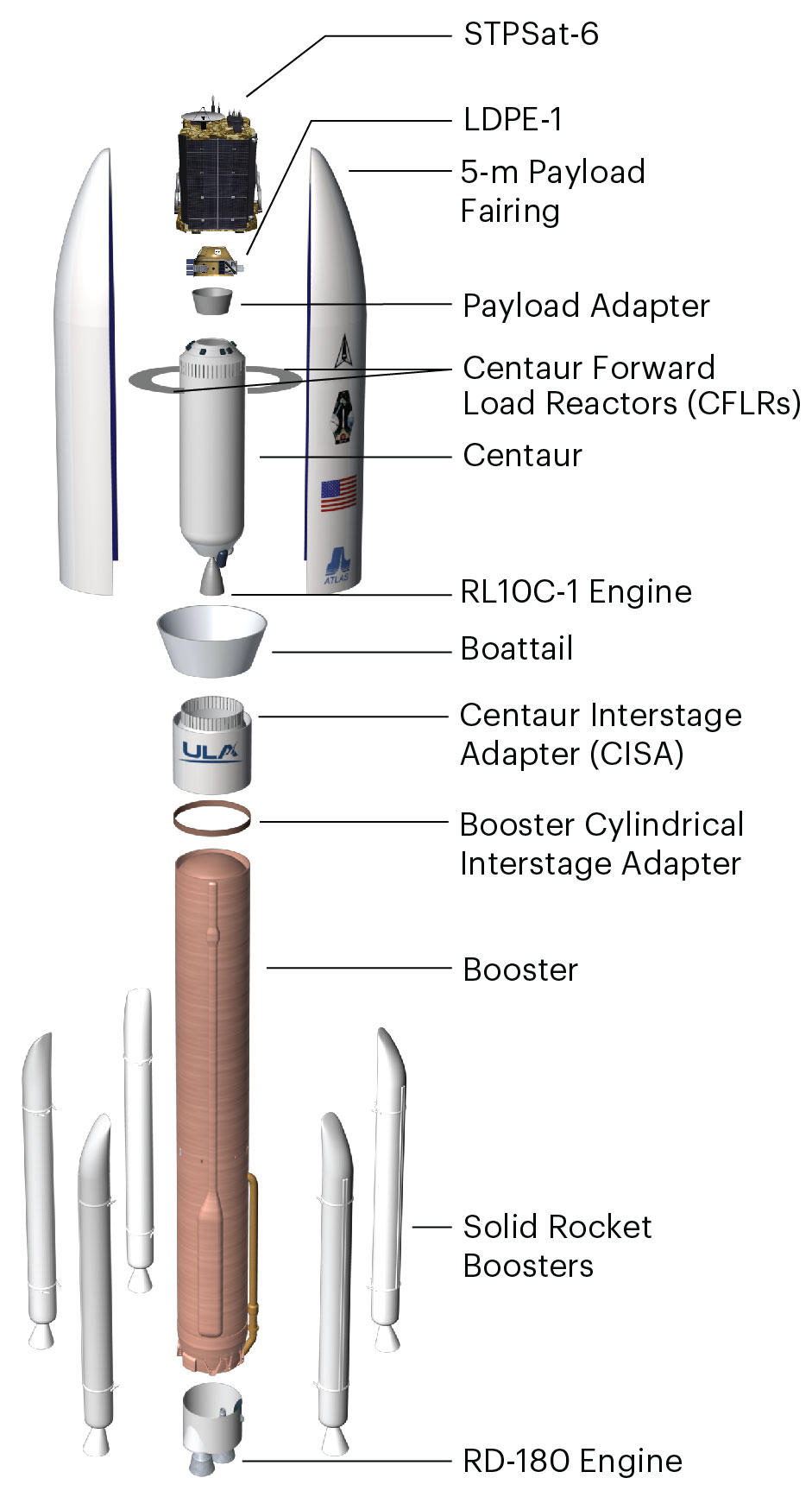
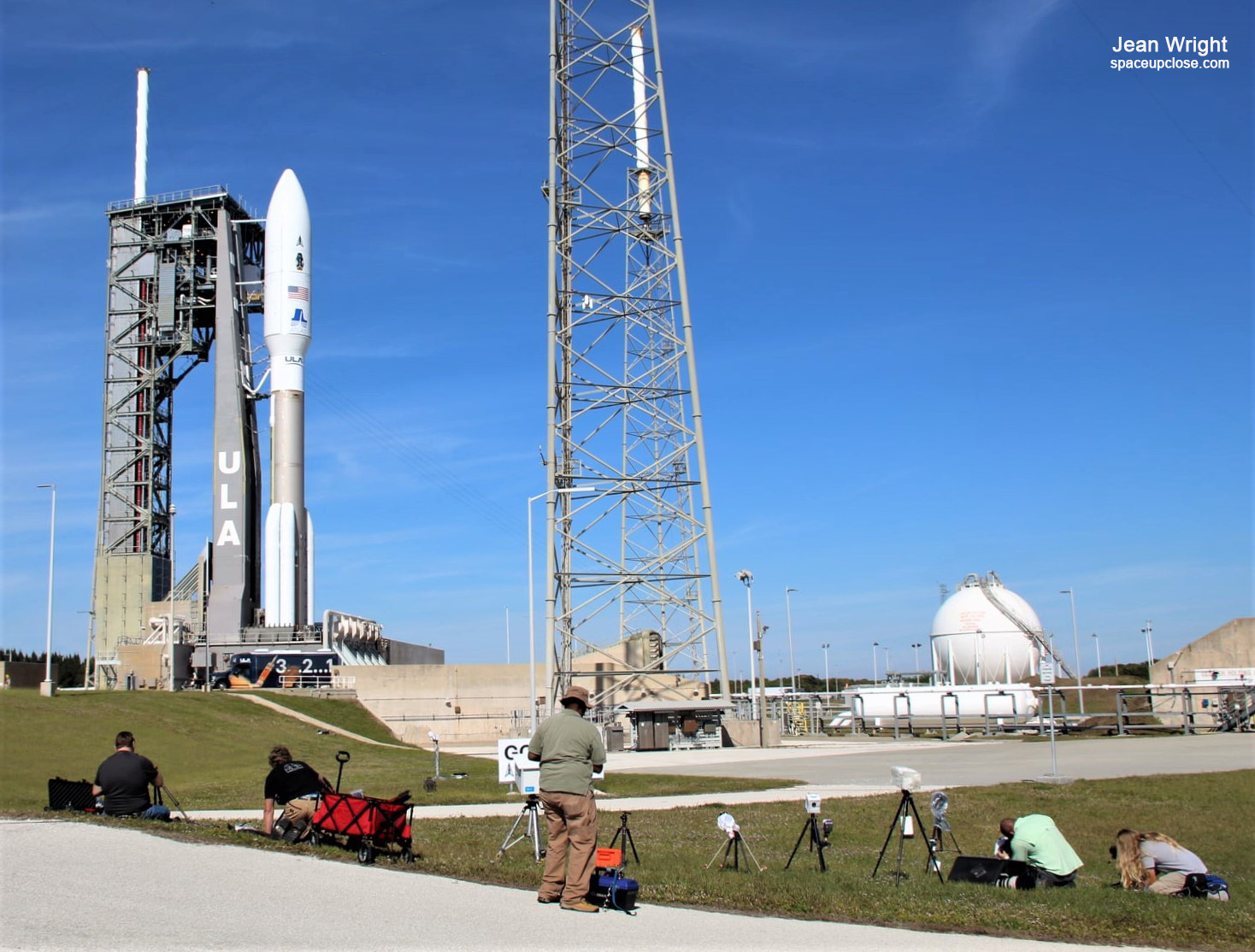
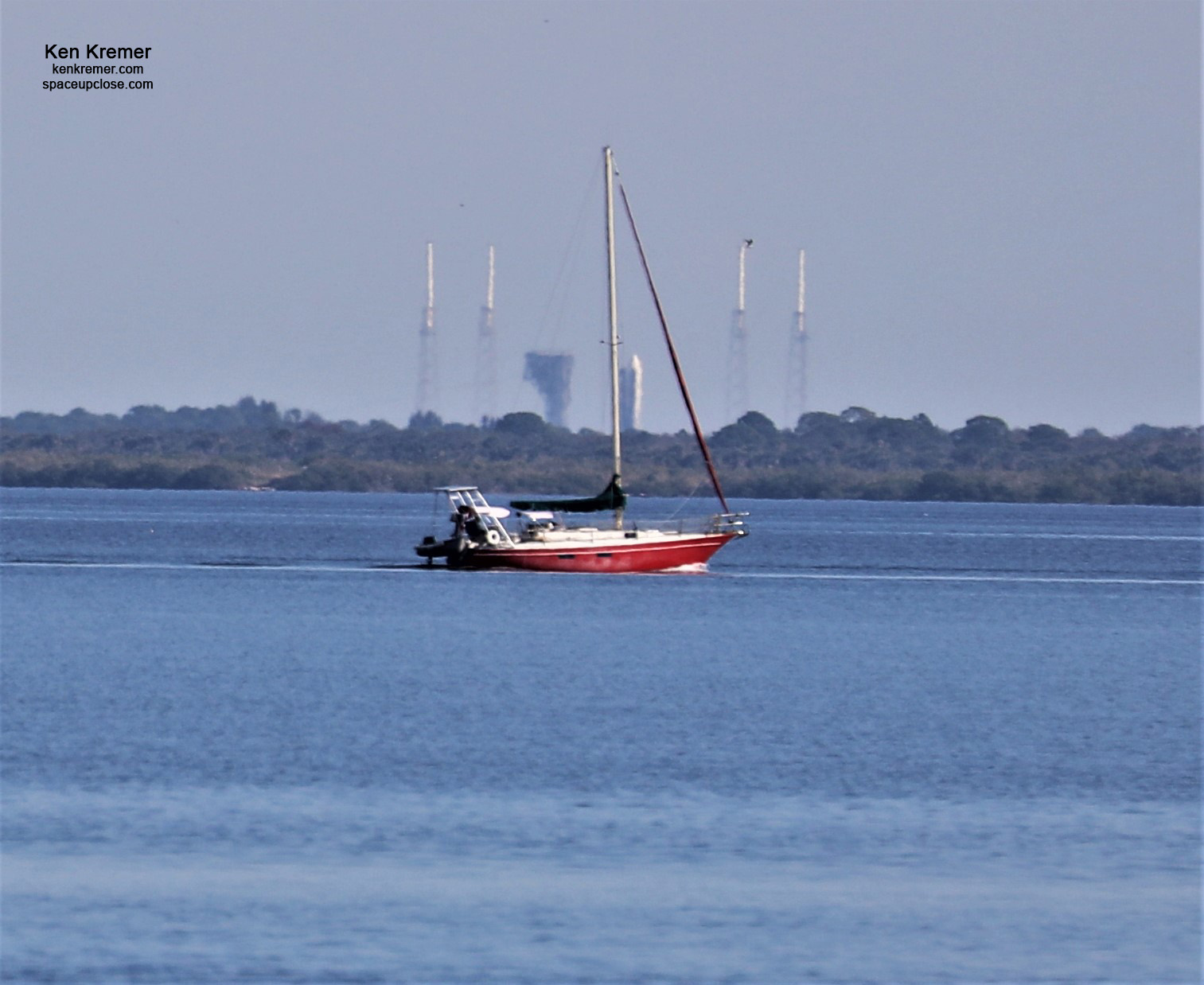
x



